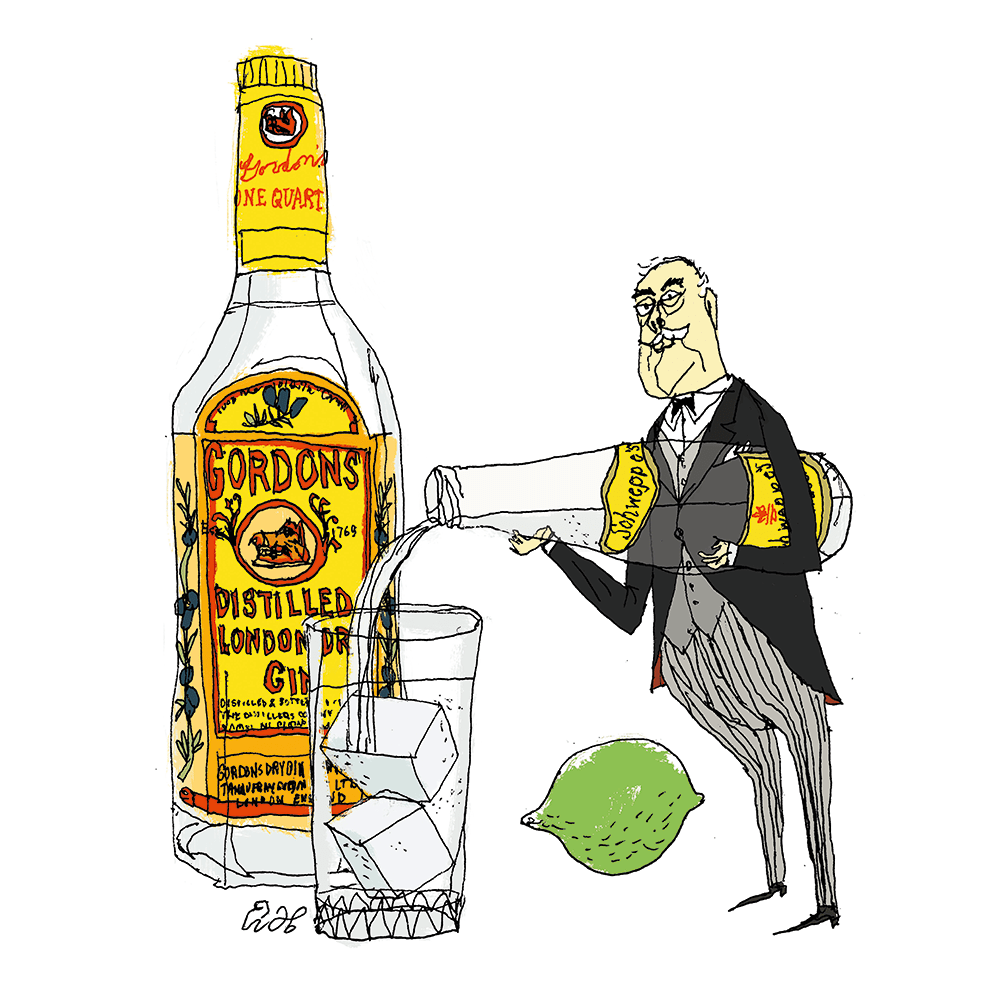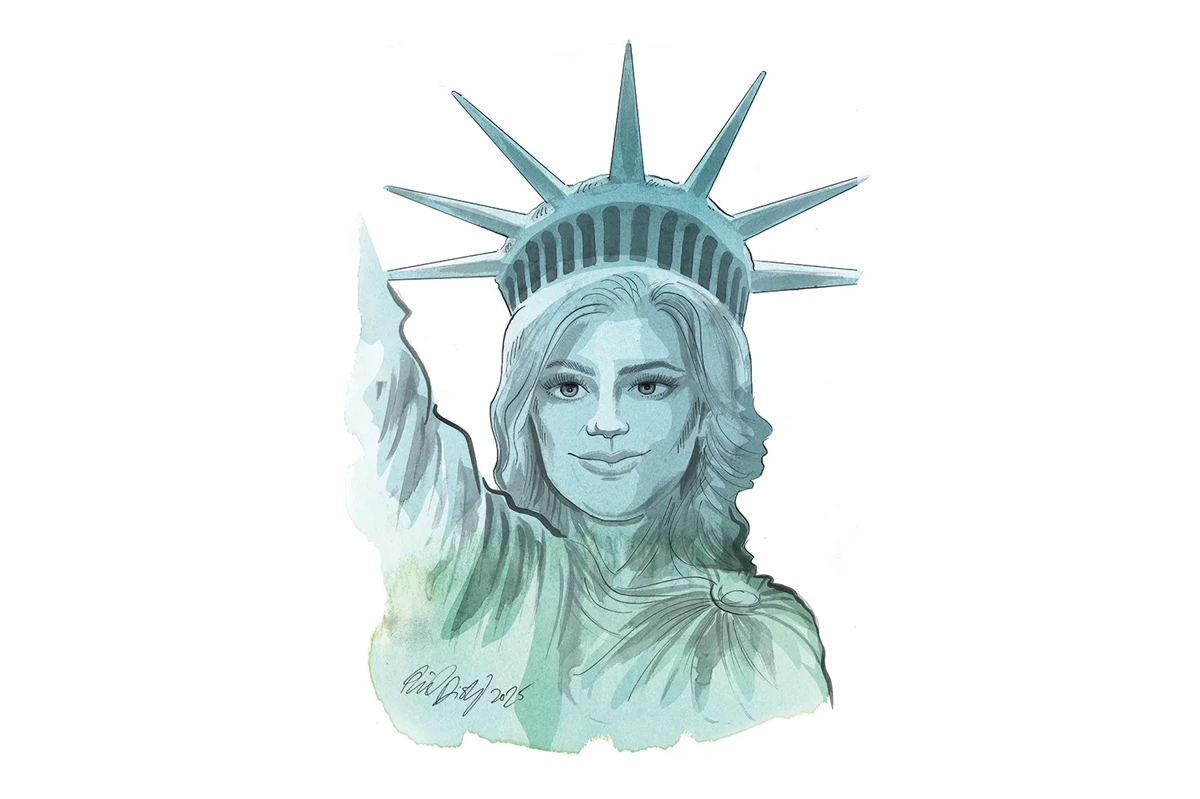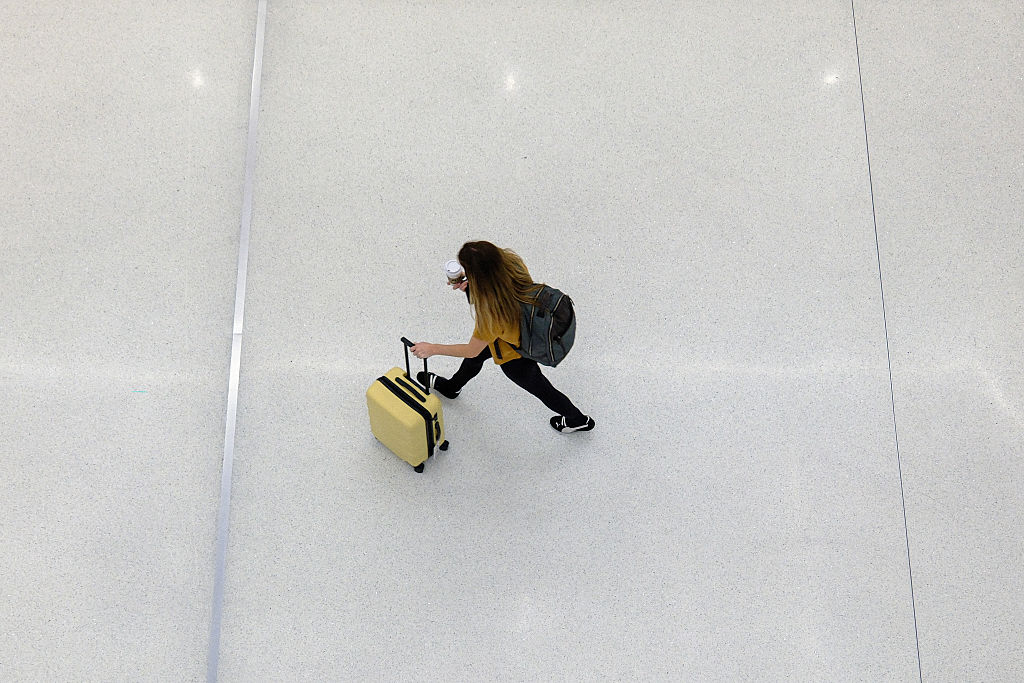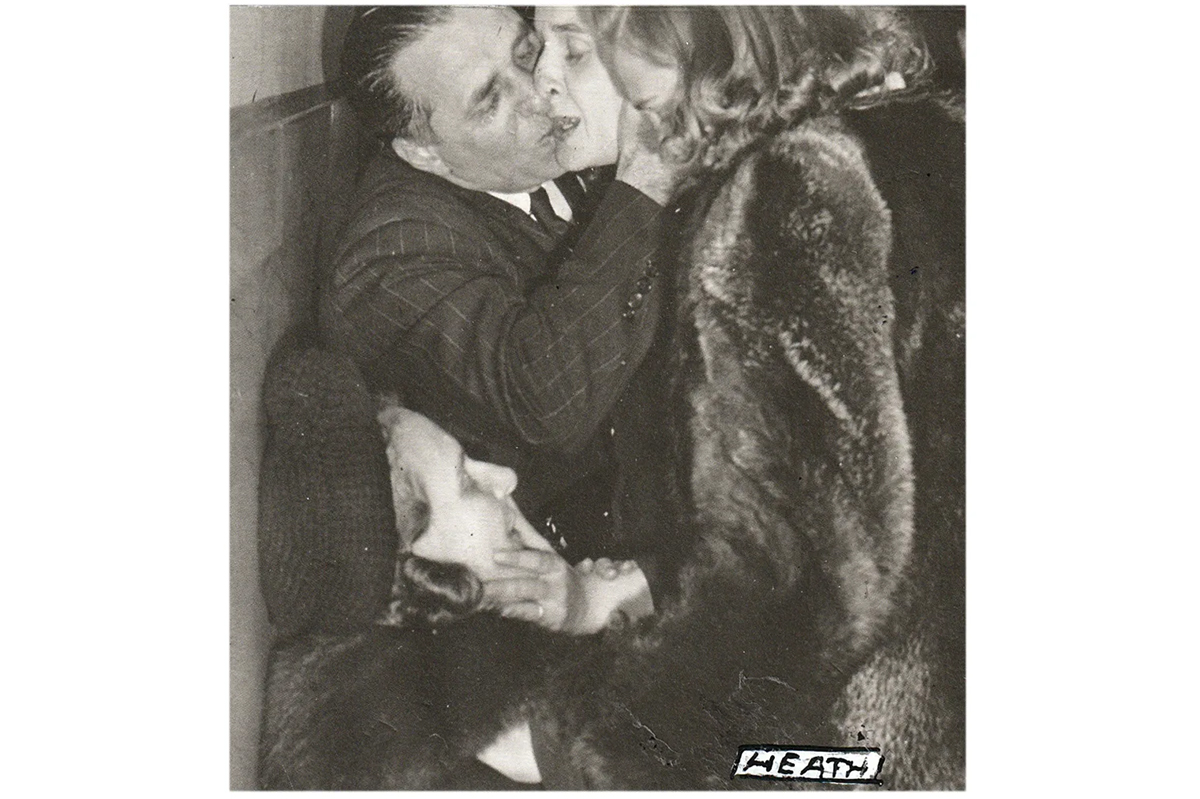The gin and tonic has had quite the journey. From humble beginnings protecting British explorers against malaria, it has become the country’s favorite cocktail. Abroad, Italians grown tired of spritzes now opt for it come aperitivo hour. The Japanese bow before it. The world stumbles after it. Yet there is one land the G&T has been slow to conquer: America, the land of vodka sodas and zero-calorie seltzers.
In recent years that has begun to change. While overall consumption of spirits is down, sales of gin in the US are on the rise and expected to grow some 6.5 percent a year for the rest of this decade. Craft distilleries are in the vanguard: in California, gin is infused with citrus and coastal herbs. In the South, it might be perfumed with watermelon rind or magnolia blossoms. And while US liquor stores still devote more space to vodka and whiskey than anything else, gin is getting more of a look-in. Whole Foods stocks cans of ready-to-drink Tanqueray gin and tonic. After all, there’s only so many shots of kombucha one can stomach.
As youngsters turn away from alcohol and toward their smartphones, those still drinking increasingly look for smaller quantities of better-quality alcohol. Slamming shots is out; “mindful drinking,” low-ABV tipples and “savoring the mouthfeel” are in. Bright young things have discovered that the G&T looks chic without adding to the waistline. In a social media age, its “old money” good looks are important. It is certainly more photogenic than a whiskey and Coke.
It helps that the G&T is so easy to make: during the pandemic, we saw the rise of home bartending. Many Americans discovered they could make a better G&T at home than they’d ever got from a harassed Manhattan bartender. You can dress it up with rosemary sprigs or a cucumber slice – but you don’t have to. All you really need is a highball glass and a slice of lemon or lime, and you’ve got something that looks suitably sophisticated.
But the G&T’s rise is about culture, not just calories or convenience. Gin has never occupied the same place in the American psyche as other cocktails. Hemingway drank his way across the States, from Michigan trout streams to Florida sunsets, but he was a man of daiquiris, rum and whiskey, rather than the gin and tonic. Meanwhile, Don Draper may have toyed with a G&T while lounging in a well-cut Brooks Brothers suit on a summer afternoon, but Mad Men’s soul was really soaked in martinis and old fashioneds. It is gin’s foreignness that creates the G&T’s appeal today. The biggest-selling gin brands in the US are British – Gordon’s, Tanqueray and Bombay Sapphire. And in an era where everything must be artisanal, sustainable and storied, the G&T arrives pre-packaged with a sense of history and exoticism. Once a form of medicine, soaked in Empire, gin is a drink with a grand story. Gin’s curious-sounding botanicals create a sense of sophistication. “Juniper, coriander seed and angelica root have the reassuring ring of Old World complexity and Continental charm.”
Americans import European drinks – and drinking rituals. The aperitivo hour was once alien; then suddenly every rooftop bar in New York was a sea of Aperol spritzes. Never mind that Europe today is economically stagnant and politically fractious; culturally, it remains unimpeachable. To sip a G&T on a Brooklyn terrace is to feel oh so suave, to be in touching distance of London.
Nostalgia for the aristocratic drawing room may have helped leaven the G&T moment. The real-life Downton Abbey – Highclere Castle in Hampshire, England – produces its own gin, which it sells across the US. Adam von Gootkin, who co-founded the brand alongside the 8th Earl of Carnarvon (whose family seat is Highclere), told me: “American palates are rediscovering the elegance of gin. People want story, terroir and craftsmanship. The gin and tonic is the revenge of the classics. For too long, we let neon drinks and novelty shots steal the spotlight. Now, people want authenticity – and you can’t fake that with food coloring.”
Inevitably, celebrities are getting in on the act. Ryan Reynolds has Aviation Gin. Margot Robbie – who has confessed that she used to stash vanilla rooibos teabags in her handbag to rescue bad G&Ts at London nightclubs – is behind Papa Salt Coastal Gin.
Perhaps tonic will be the next component to get the celeb treatment: the market for premium bottled mixers is booming. The British brand Fever-Tree is doing spectacularly well in the US. It now holds the pole position for both tonic water and ginger beer. Not bad in a country with a long-standing attachment to soda from a gun.
America will inevitably make the G&T its own. Espressos were for Italians, then Starbucks came along. Sushi went from Japanese delicacy to everyday LA lunch. The G&T may never dethrone the vodka soda or the bourbon old fashioned but a drink that’s journeyed from the balmy terraces of the British Raj to Brooklyn will take a fair bit of stopping. Downton’s preferred drink is coming downtown.
This article was originally published in The Spectator’s November 24, 2025 World edition.























Leave a Reply